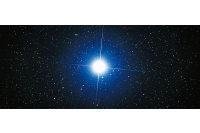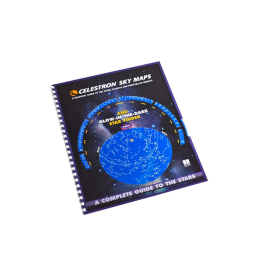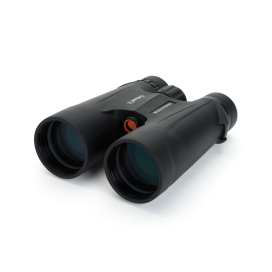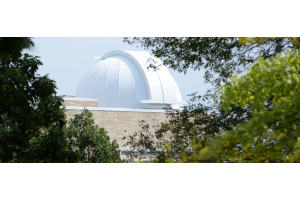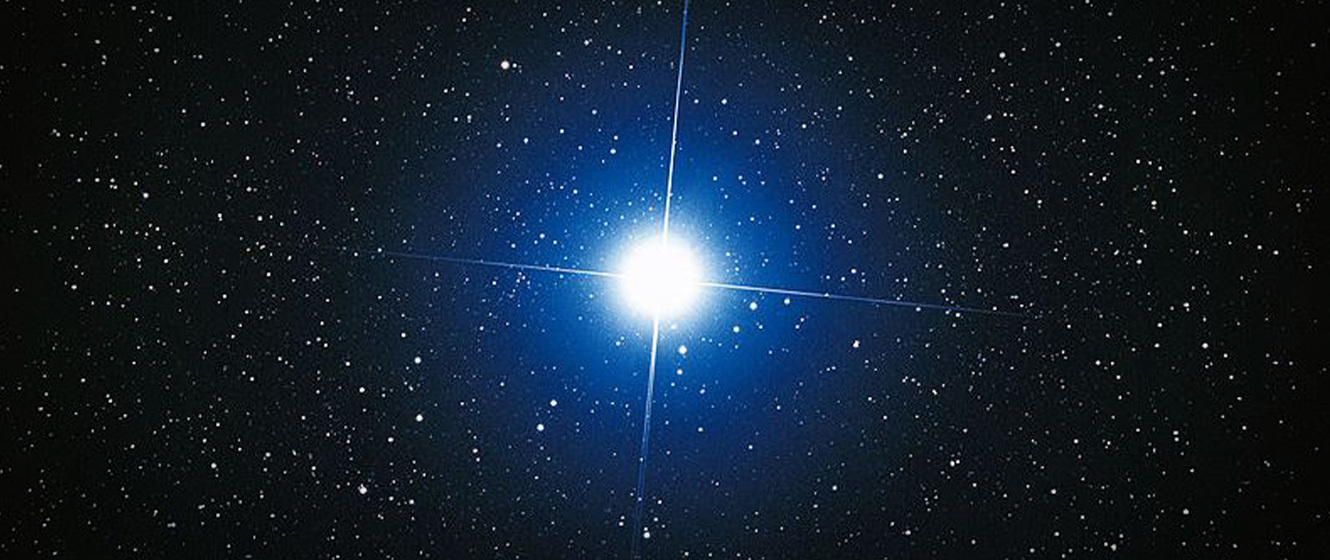
In this video Teagan gives an overview of some of the beautiful celestial objects we can see in the night sky for the month of February, 2022.
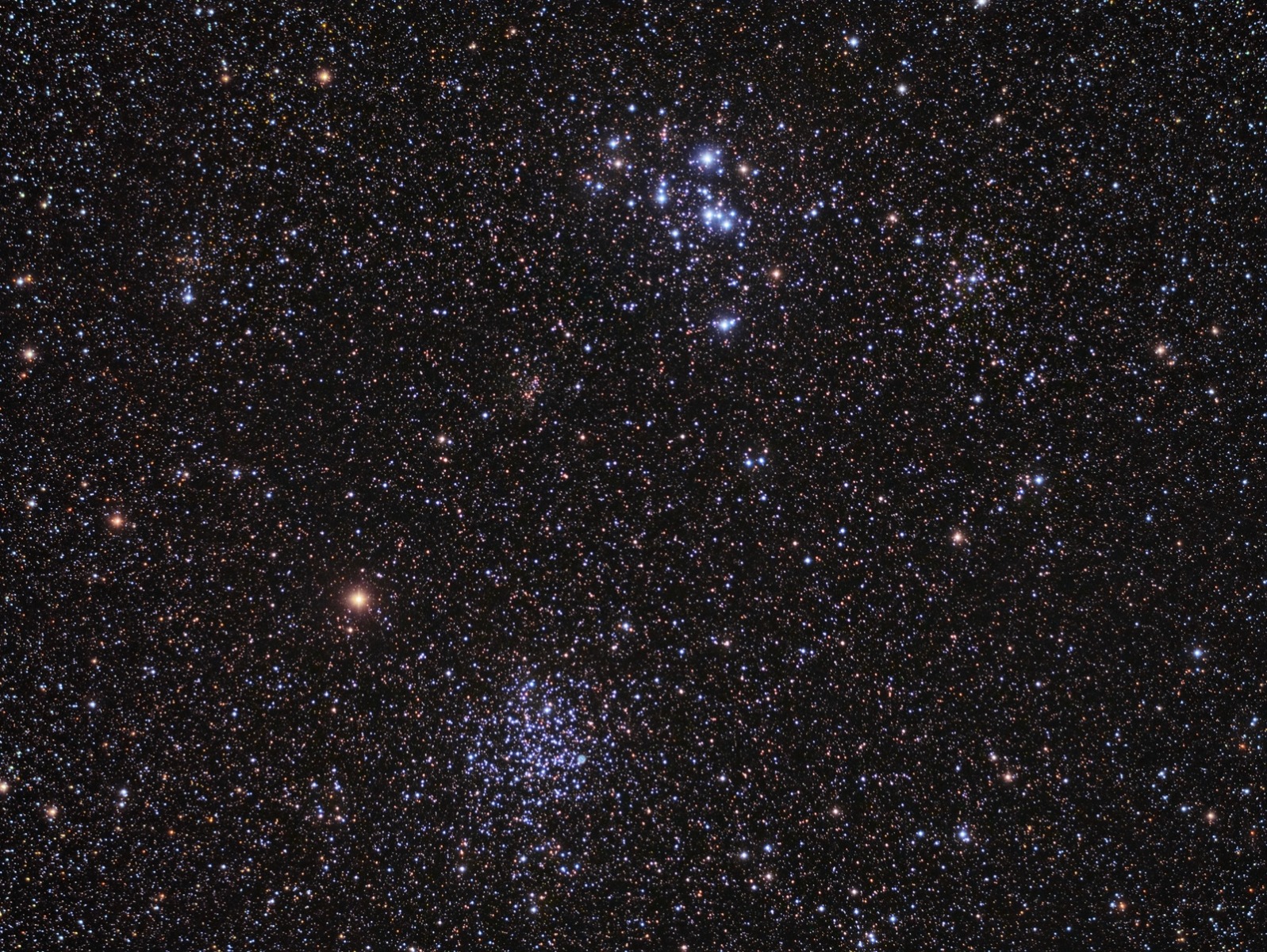
Image source: Sergio Eguivar
M47
- Type: Open Cluster
- Constellation: Puppis
- Distance: 1,600 light-years
- Magnitude: 4.4
- Apparent Diameter: 25’
The brighter and larger of two Messier open clusters in Puppis (the other being M46), you can pick out M47 with binoculars from most locations. Try scanning about 12.5 degrees due east of Sirius when that star is over the southern horizon. With luck, you should be able to see both M46 and M47 in the same field of view, with M47 being the westernmost, brighter patch.
Binoculars can resolve some of the cluster’s individual stars, while a small telescope at 50x will show the cluster as an irregularly shaped smattering of about fifty stars of varying brightness, with a close double at the cluster’s center. Larger scopes will also show chains and clumps of stars scattered throughout the cluster, separated by relatively barren areas of fainter stars.
OUR NEAREST NEIGHBORS
Saturn is now lost within the Sun’s glare, which means Jupiter is now the only bright planet visible in the evening sky. It appears low in the southwest shortly after sunset for most of February, with a crescent Moon to its lower left on the 2nd. Neptune doesn’t fare much better; it sets a few hours after the Sun but is too low for observation. Uranus remains visible all evening and sets at around 11 p.m. by month’s end. The nearly first quarter Moon is just under two degrees to its southeast on the 7th. Both Venus and Mars rise a few hours before the Sun with the two planets appearing within the same 10x50 binocular field of view for the second half of the month. Look for a waning crescent Moon directly below the pair on the 27th. Mercury is visible from about 30 minutes before sunrise for almost the entire month and appears to the lower left of Venus and Mars. The Moon turns new on the 1st and is then full on the 16th.
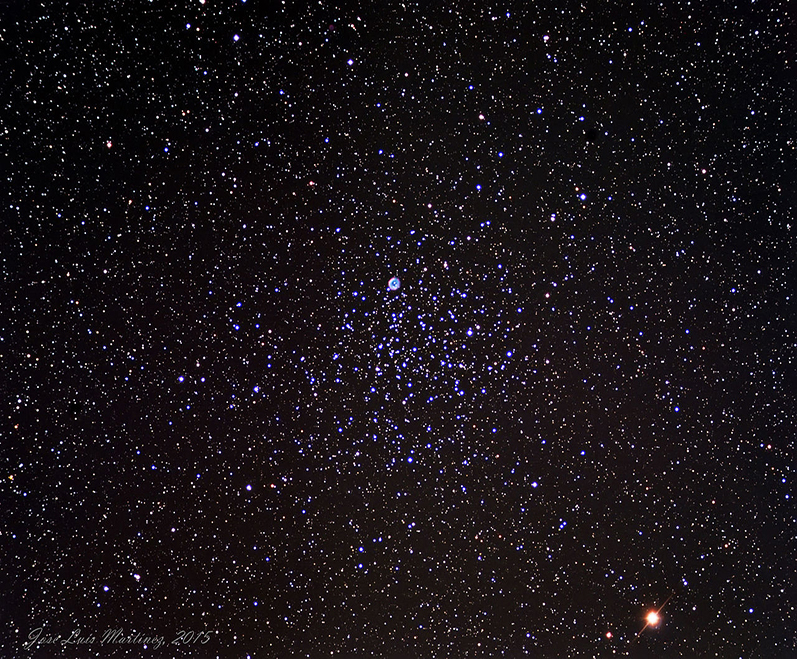
Image credit: Jose Luis Martinez
M46
M46 lies just a degree and a quarter to the east of M47 and is smaller and fainter than its neighbor. It can be detected in binoculars but is best seen through a telescope at a magnification of 50x or more.
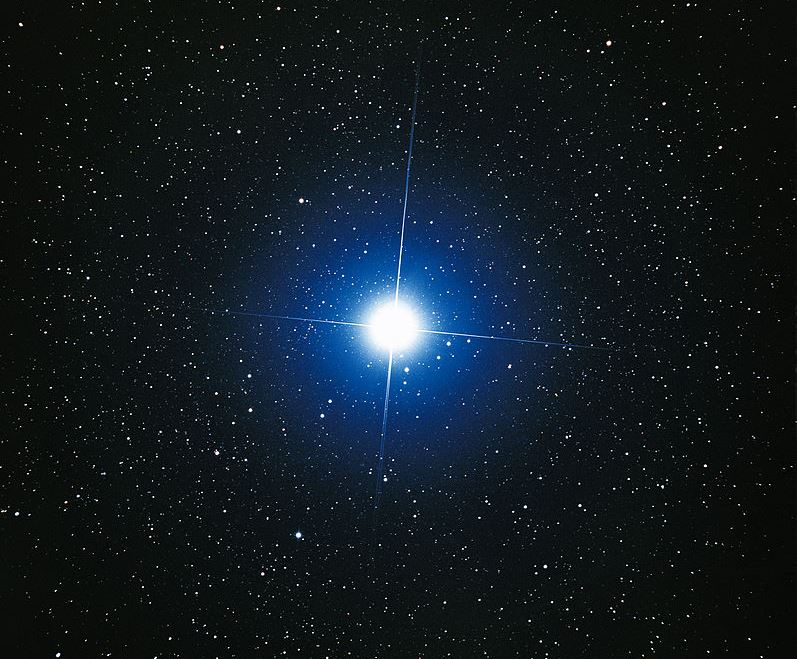
Image credit: Akira Fujii, European Space Agency
Alpha Canis Majoris - Sirius
One of the closest stars to the Sun and the brightest in the entire night sky, Sirius is easily found by following the three stars of Orion’s belt down and towards the south. It’s an unmissable, glittering sight to the naked eye and the perfect complement to any crystalline snow on the ground.
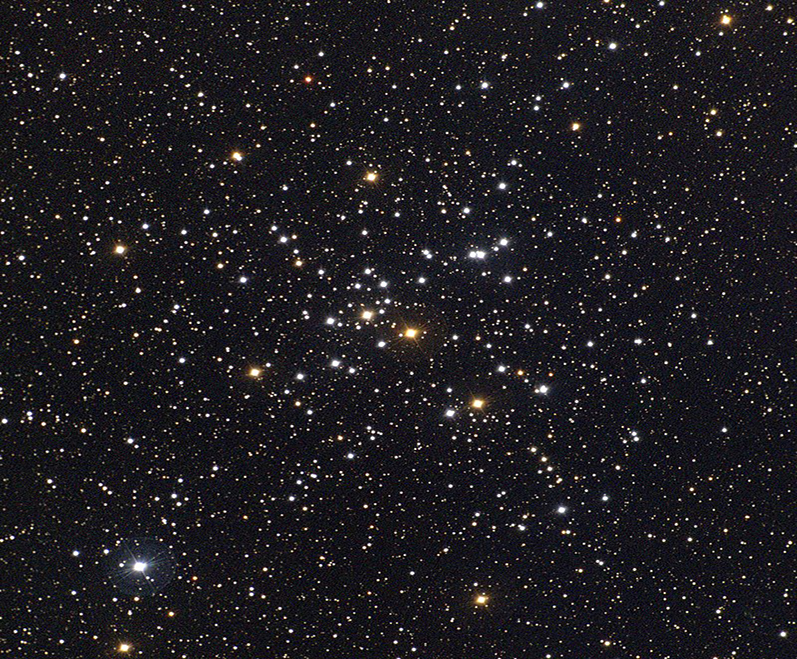
Image credit: NOIRLab / NSF / AURA
M41
Four degrees below Sirius and within the same binocular field of view is M41. This large, bright, open star cluster is one of the gems of the winter sky and a fine sight when observed through a telescope.
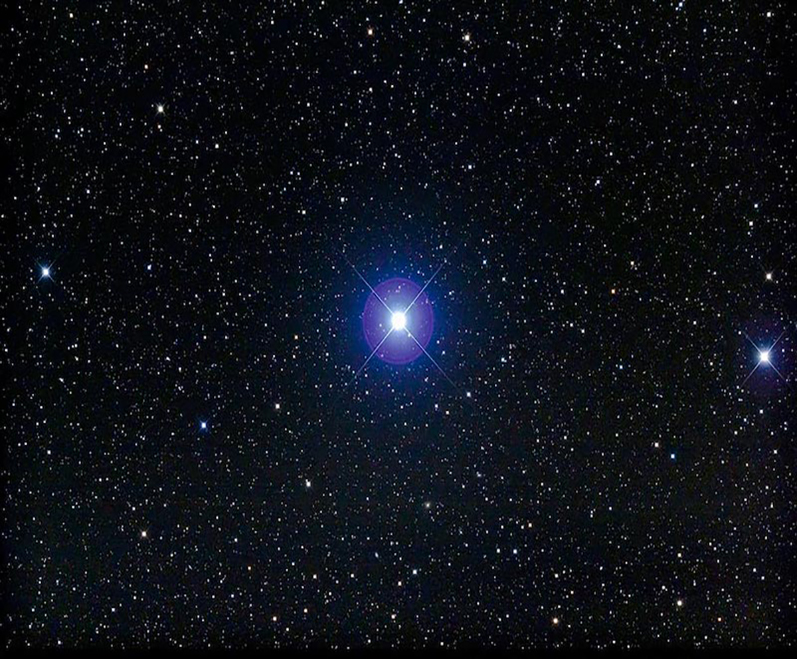
Image credit: Fred Espenak
Alpha Geminorum - Castor
A great multiple star for scopes of almost any size, you’ll need a magnification of 100x or more to split it. You’ll see two stars very close to one another, with both stars appearing white and almost equal in brightness.
STELLAR CONCEPTS
Celestial Sphere and Declination: Just as the Earth has two hemispheres, north and south, so does the night sky. The celestial sphere can be thought of as a projection of the Earth’s sphere out into space, with stars and other objects having coordinates that correspond to their position on the sphere. These coordinates are similar to the latitude and longitude we use for Earthbound landmarks, with the celestial equivalent of latitude known as Declination and the equivalent of longitude called Right Ascension. Polaris is known as the Pole Star because its declination is +89.25° and is therefore very close to the north celestial pole. If you were to stand at our own north pole and look up, it would appear directly overhead. The three bright stars of Orion’s belt lie on the celestial equator, but there’s no equivalent bright star near the south celestial pole.
This Article was Last Updated on 05/21/2024





